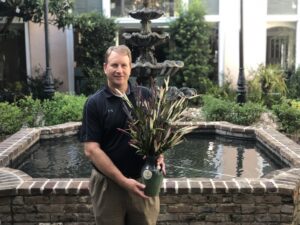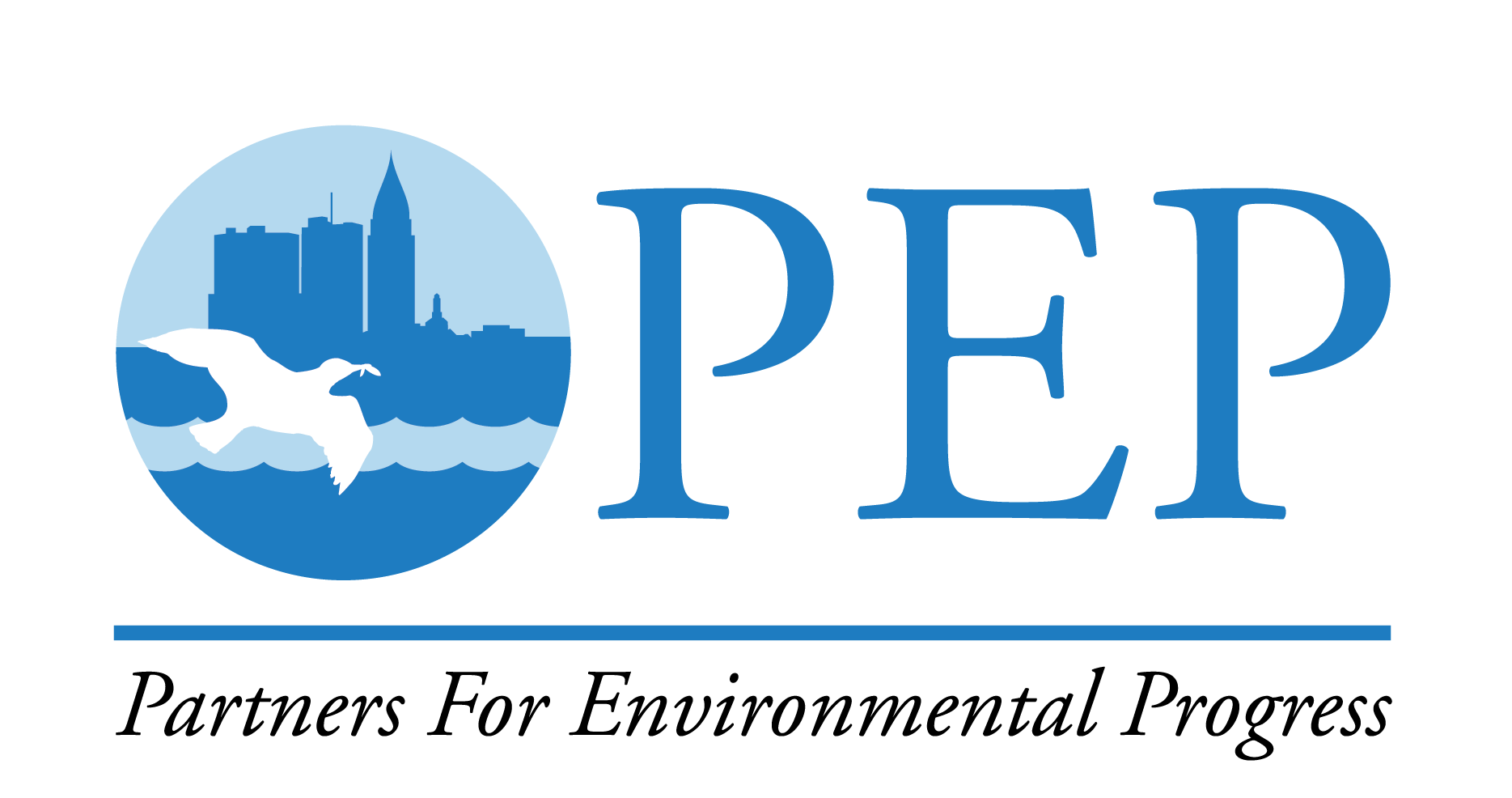AM/NS Calvert: Wildlife Habitat and Biodiversity Improvement Program

AM/NS Calvert steel mill is located on 2,373 acres and includes approximately 1,000 acres of undeveloped forest, wetland, and riparian habitats. As part of their commitment to environmental stewardship, the company developed a Wildlife Habitat and Biodiversity improvement Plan focused on expanding restoration and conservation efforts, while encouraging biodiversity and building awareness. Their efforts achieved Certification through the Wildlife Habitat Council.
The Wildlife Habitat Council guides corporations in aligning conservation efforts with business needs. With programs in 28 countries, the Conservation Certification® is the only voluntary sustainability standard designed for conservation activities on corporate landholdings. Certification provides objective, third-party recognition and engages companies in a long-term commitment to enhancing biodiversity and conservation education. “We decided [certification] would be a good idea for our facility,” said Steve Stewart, area manager of manufacturing technology for AM/NS Calvert. The company was already managing invasive species and seeding wildlife plots. Certification provided an “opportunity to promote what we’re doing and expand our efforts,” Stewart said.
[/et_pb_text][et_pb_gallery gallery_ids=”32801,32800,32799,32798,32797″ fullwidth=”on” _builder_version=”4.6.0″ custom_margin=”|0px||0px” custom_padding=”0px||”][/et_pb_gallery][et_pb_text _builder_version=”4.6.0″]
Ongoing management of the 695 acre-forest includes controlled burns, timber conservation, and invasive species management. Monitoring efforts have expanded to include surveying for hazards such as southern pine beetles and annosus root rot, as well as documentation of feral hog captures. Game cameras and monitoring stations are used to monitor the effectiveness of the twenty acres planted as supplemental wildlife food plots.
Employee participation and volunteers have contributed to the program’s success. Members of the AM/NS Calvert Associate program, a group of recent college graduates, “have been very engaged with these projects,” according to Stewart. “We found the younger generation wanted to get more involved with environmental issues.”
Associate program members were involved with the design and implementation of a 1,600 square-foot pollinator garden and target species projects. These included the construction and installation of five bat boxes and an osprey nesting platform overlooking the Tombigbee River. These projects are monitored and maintained by AM/NS Calvert volunteer team members.
AM/NS Calvert’s environmental activities not only help support local conservation efforts but also environmental education. Team members partnered with faculty and students from Citronelle High School’s woodshop class to construct the bat boxes and osprey nesting platform. Students also built educational signage for the pollinator garden. Located outside the cafeteria, the pollinator garden and signs inform visitors and team members of the purpose, importance, and impact of supporting pollinator species.
In 2019, AM/NS Calvert’s conservation efforts received recognition from the Wildlife Habitat Council as a certified program.
[/et_pb_text][/et_pb_column][/et_pb_row][/et_pb_section]
Recent Posts
Thompson Engineering Announces Spanish Fort Office Addition
Thompson Engineering has opened a branch office in Spanish Fort, Ala.
Applications Open for the MAWSS 2024 Citizens Water Academy
Discover the inner workings of the Mobile Area Water and
PEP Talk – Community Quarterly Newsletter
We’re excited to share the first PEP Talk – our
Challenges and Triumphs: Electrifying the Future of Tugboat Design
During PEP’s March Member Breakfast, our speakers discussed the current
Outokumpu Makes Corporate Knight’s List of Clean200
Another PEP member is in the news for their work
